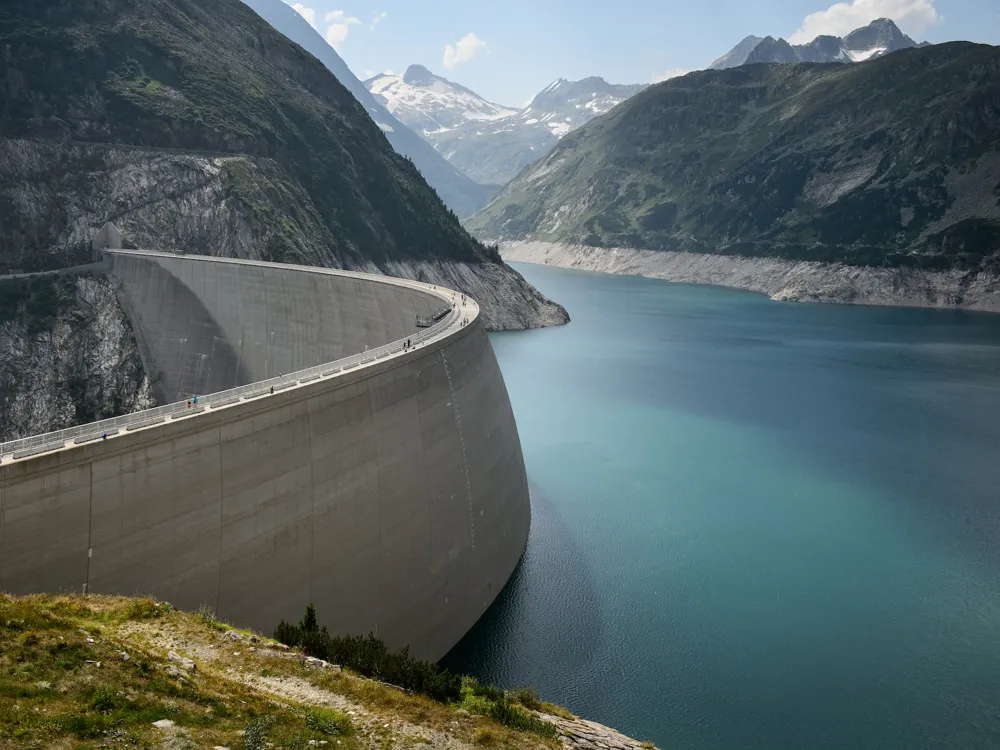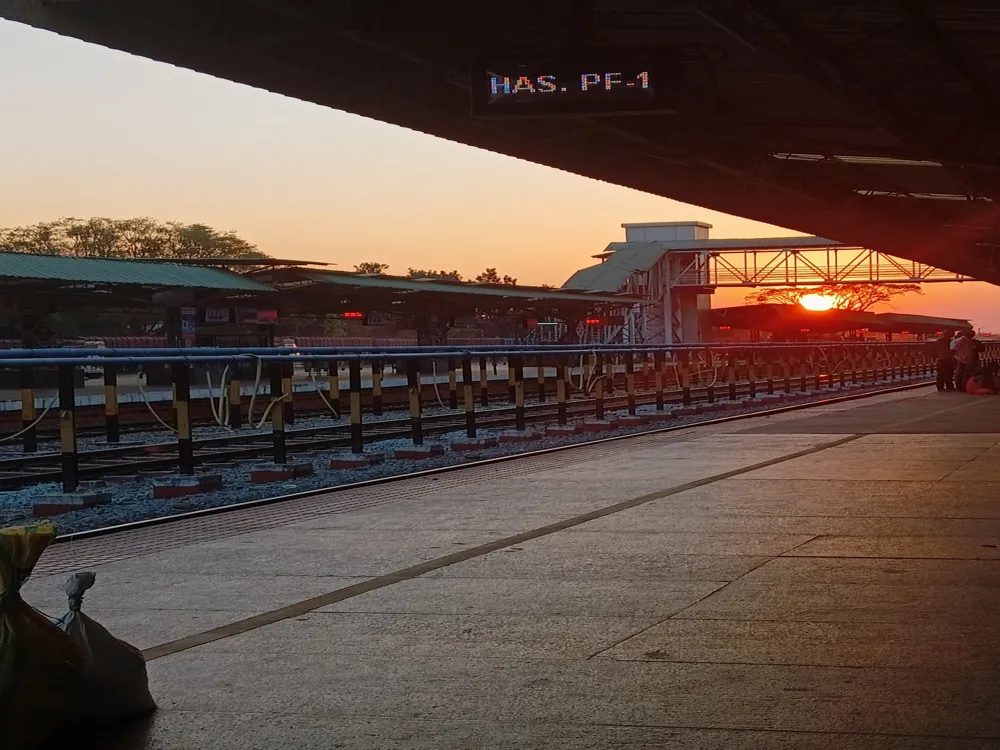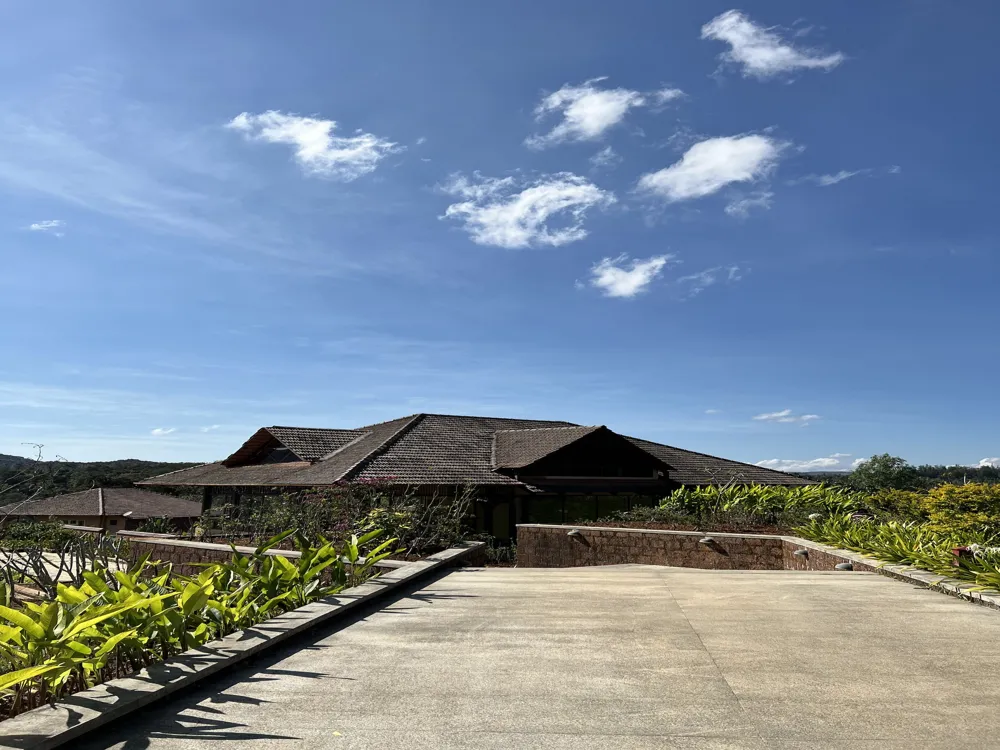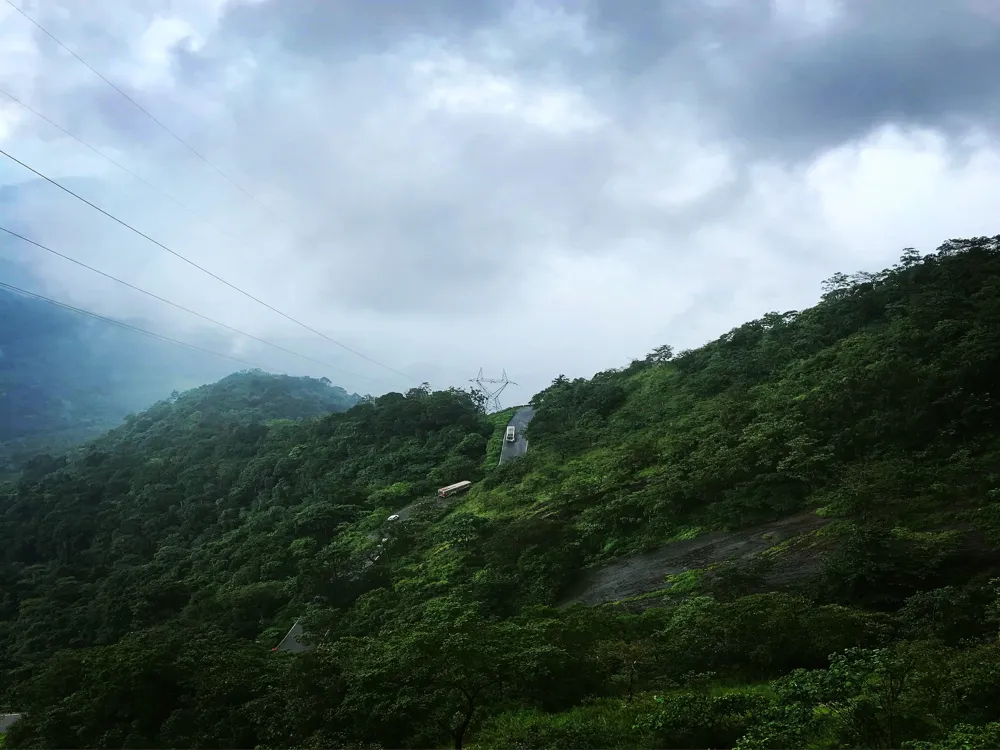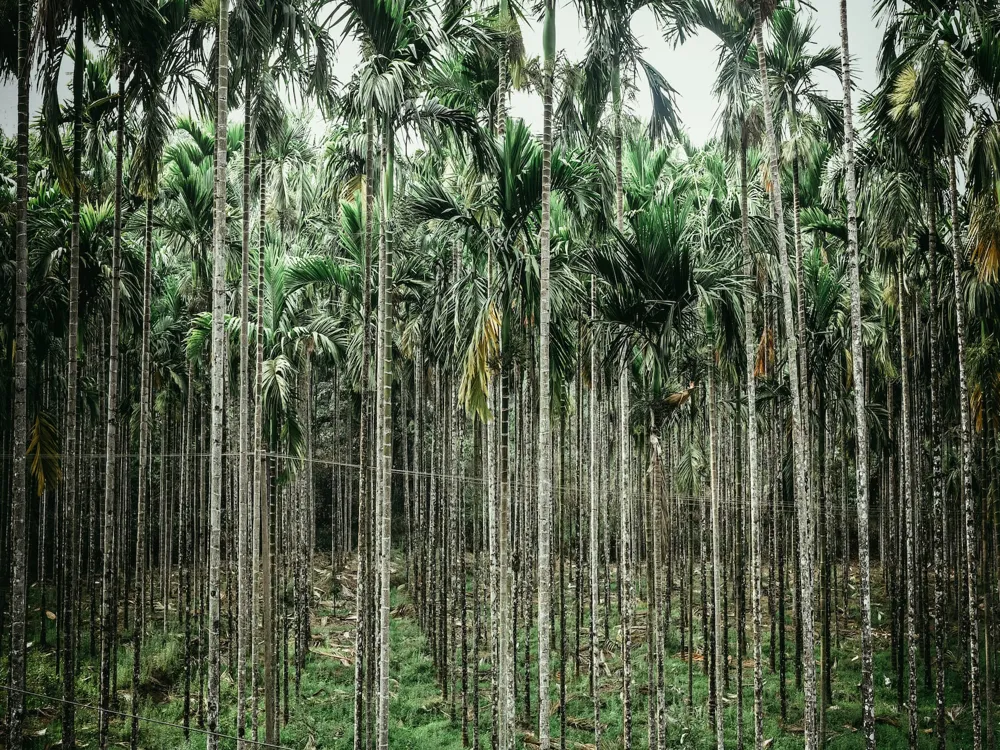Nestled in the serene landscape of Hassan, Karnataka, Kabbaligere Hill emerges as a captivating destination for those seeking a blend of natural beauty and historical intrigue. This majestic hill, a hidden gem in the heart of Karnataka, offers a unique experience that combines the allure of untouched nature with the mystique of ancient architecture. As you approach Kabbaligere Hill, you're greeted by a panorama of lush greenery and rocky terrains, setting the stage for an unforgettable adventure. The hill's history is as rich as its landscape, with roots stretching back to centuries of cultural and historical significance. It has been a silent witness to the rise and fall of various dynasties and empires, each leaving its mark on the hill's character. The hill is not just a geographical feature but a tapestry of stories, legends, and architectural marvels that speak volumes about the region's past. Today, Kabbaligere Hill stands as a testament to the enduring spirit of Karnataka's heritage. It beckons travelers, historians, and nature lovers alike to explore its hidden treasures. From the ancient temple ruins that dot its slopes to the panoramic views that it offers, the hill is a treasure trove of experiences waiting to be discovered. Whether you're a trekking enthusiast, a history buff, or someone who appreciates the beauty of nature, Kabbaligere Hill promises an experience that is both enriching and exhilarating. The architecture of Kabbaligere Hill is a fascinating amalgamation of historical significance and artistic mastery. As you traverse the hill, you'll encounter remnants of ancient structures that showcase the architectural brilliance of bygone eras. These structures, though in ruins, continue to exude a sense of grandeur and mystery, inviting visitors to delve deeper into their history. One of the most prominent architectural features of Kabbaligere Hill is the intricate carvings on the temple ruins. These carvings depict various deities, mythological scenes, and motifs that are characteristic of the era's artistic sensibilities. The precision and detail in these carvings are a testament to the skilled craftsmen who once worked on these sacred sites. The layout of the temples and other structures on Kabbaligere Hill also offers insights into the architectural practices of the time. The strategic placement of these buildings concerning the natural topography of the hill suggests a deep understanding of environmental and aesthetic considerations. The use of locally sourced materials in the construction of these structures further highlights the harmonious relationship between the built environment and its natural surroundings. The ideal time to visit Kabbaligere Hill is between October and March, when the weather is pleasant, and the natural beauty of the region is at its peak. Comfortable clothing and sturdy footwear are recommended, as the terrain can be rugged. Don't forget to carry hats and sunglasses for sun protection. Carry water, snacks, a first aid kit, and a camera to capture the scenic beauty and architectural wonders of the hill. It's crucial to respect the natural and historical significance of Kabbaligere Hill. Avoid littering and disturbing the wildlife and the ruins. Kabbaligere Hill is accessible by road from major cities in Karnataka. The nearest town is Hassan, from where you can hire a taxi or drive to the hill. For those preferring public transport, buses frequently ply to Hassan from various parts of the state. Once in Hassan, local transportation can be used to reach the hill. The journey is as picturesque as the destination itself, with verdant landscapes and quaint villages en route. Read More:Overview of Kabbaligere Hill in Hassan, Karnataka
The architecture of Kabbaligere Hill
Tips When Visiting Kabbaligere Hill
Best Time to Visit
What to Wear
Essentials to Carry
Respecting the Environment
How To Reach Kabbaligere Hill
Kabbaligere Hill
Hassan
Karnataka
NaN onwards
View hassan Packages
Hassan Travel Packages
View All Packages For Hassan
Top Hotel Collections for Hassan

Private Pool

Luxury Hotels

5-Star Hotels

Pet Friendly
Top Hotels Near Hassan
Other Top Ranking Places In Hassan
View All Places To Visit In hassan
View hassan Packages
Hassan Travel Packages
View All Packages For Hassan
Top Hotel Collections for Hassan

Private Pool

Luxury Hotels

5-Star Hotels

Pet Friendly










